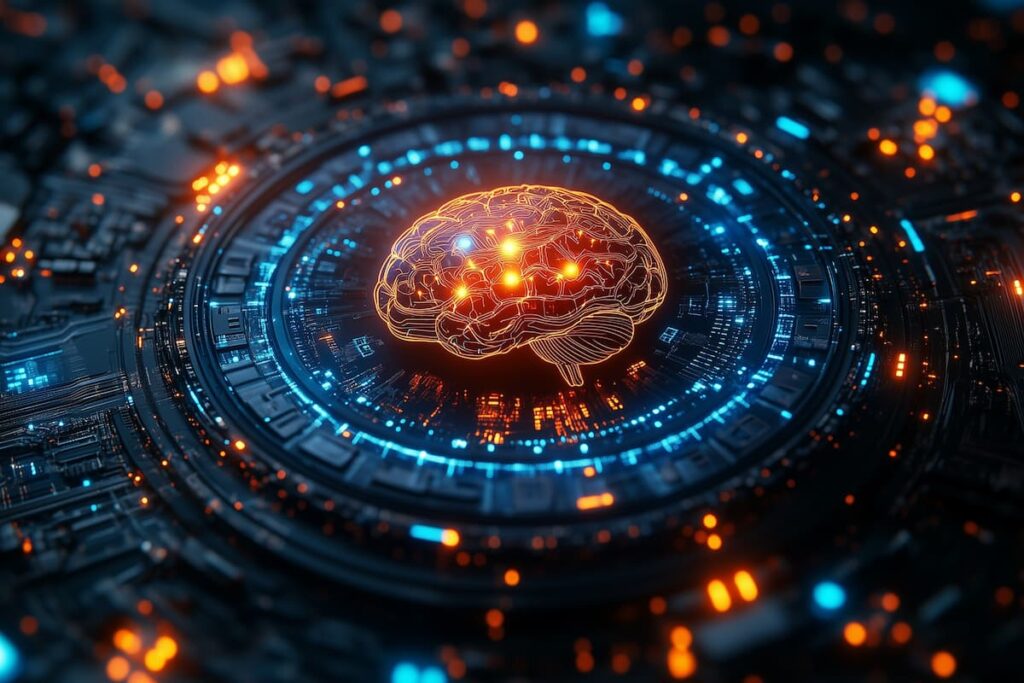A Global View on Technology Assessment
At a major international event centered on technology assessment, experts from across continents are reflecting on how societies and governments can manage the fast pace of innovation. The conference brings together over 80 sessions with contributions from regions including North and Latin America, Europe, Africa, Asia, and Oceania. The shared goal: to understand how new technologies—from artificial intelligence to medical diagnostics—can be integrated responsibly across borders.
Among the key representatives is the United States, whose approach combines institutional analysis, academic collaboration, and targeted public engagement. With emerging technologies evolving faster than ever before, the US faces similar challenges to other nations: legislative processes struggle to keep up, public understanding is often fragmented, and tech-driven change creates both unprecedented opportunities and complex societal risks.
The Role of the United States in a Shifting Technological Landscape
In the United States, technological advancement is outpacing traditional systems of governance. Innovation is happening so quickly that it frequently leaves both lawmakers and the public trying to catch up. Understanding how technologies like artificial intelligence impact daily life, the economy, and national security requires ongoing analysis—especially when the general population often only receives partial or simplified information.
To support informed policy decisions, the US Congress turns to the Government Accountability Office (GAO), particularly its Science, Technology Assessment, and Analytics (STAA) division. This nonpartisan body plays a central role in providing lawmakers with evidence-based insights on technological innovation, safety, and ethical implications. Additionally, universities contribute with research and reports that enhance the GAO’s evaluations.
Although presidential transitions are a hallmark of the US political system, they do not significantly affect the work of the GAO. Instead, it is shifts within Congress itself—such as changes in party control—that influence the agency’s focus and workload. This ensures a level of continuity and neutrality in how the US evaluates new technologies, maintaining credibility regardless of political climate.
Industry, Government, and the Public: A Balancing Act
One of the strengths of the US technology assessment model is its engagement with a wide array of stakeholders. Before presenting recommendations to Congress, the GAO consults industry leaders, federal agencies, academic researchers, and advocacy groups. For instance, in evaluating artificial intelligence in healthcare, industry professionals share insights into development challenges and regulatory barriers, such as extended approval timelines or uncertain legal standards.
While businesses naturally prioritize profitability, their involvement often extends to raising ethical concerns. Companies contribute valuable perspectives on how technology is perceived and adopted in real-world environments, such as the degree to which professionals trust or resist new tools. These insights help create a more nuanced and actionable assessment for policymakers.
However, industry perspectives are not the only ones that matter. The GAO ensures a balanced view by incorporating federal oversight, academic research, and the voices of civil society. This collaborative method is designed to support informed, future-focused legislation that protects both innovation and the public interest.
Public Engagement: Challenges and Targeted Approaches
Public involvement in technology assessment remains a complex issue in the United States. With a population as large and diverse as that of the US, engaging citizens in broad-based consultations presents logistical challenges. In contrast to countries like Denmark, where public dialogue is a routine part of technology policymaking, US efforts tend to be more focused.
To address this, targeted initiatives such as focus groups are used to capture specific viewpoints. For example, when exploring public opinion on fusion energy, input from relevant communities such as patient advocacy groups is collected to inform the analysis. While not fully representative of the entire population, these methods offer meaningful insight and can reveal real-world concerns or misconceptions about emerging technologies.
The goal is not only to present the benefits of innovation but also to recognize and communicate potential risks. Public understanding is essential for responsible adoption, especially in a society that often embraces digital tools—like social media—without fully grasping their long-term consequences.
As technological innovation accelerates, the United States is relying more heavily on structured, multidisciplinary assessments to inform its policy decisions. Through its nonpartisan agencies, academic collaborations, and selective public engagement, the US aims to navigate a path that supports innovation while safeguarding ethical standards and public trust.
Global collaboration plays an essential role in this effort. By learning from international counterparts and sharing strategies, the US contributes to a broader, more inclusive conversation on how humanity can thrive in a rapidly evolving technological world.


